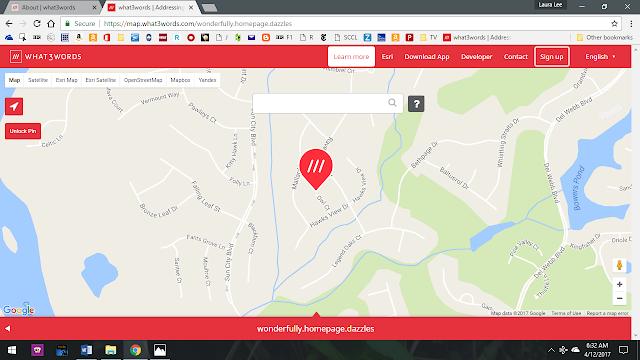At the website
about.usps.com, you will find this:
“The United States Postal Service is
an independent establishment of the Executive Branch of the Government of the
United States and operates in a business-like way. Its mission statement can be
found in Section 101(a) of Title 39 of the U.S. Code, also known as the Postal
Reorganization Act: The Postal Service shall have as its basic function the
obligation to provide postal services to bind the Nation together through the
personal, educational, literary, and business correspondence of the people. It
shall provide prompt, reliable, and efficient services to patrons in all areas
and shall render postal services to all communities.”
Those are lofty ideals, but it
seems to us these days that the Postal Service carries only catalogs, annual
reports, fast food fliers, and miscellaneous junk mail. On line, we can get
email, ecards, online billing, banking, and bank statements. Just as our use of
cash is declining because of the almost universal use of debit and credit
cards, so too, one day there will probably be little need for a government
postal service. Carriers like United Parcel Service have trucks and personnel
on the roads every day, and are already picking up mail deliveries. In the name
of conservation of our natural resources, perhaps our laws will one day outlaw
paper catalogs and reports. Even today, most of the information in them is
easily obtained on line. These days it isn’t really essential that our regular
postal carriers deliver to us each day – even three times a week could suffice
– but carry on they do.
Unless it is stolen or mislabeled, very little mail is
undelivered these days. We Americans are fortunate in our postal service. But
if you are a postal employee in far off places that consist of dozens of nameless
inhabited islands or vast tracks of land, finding the proper recipient can be a
trial. Now, a new London-based company has developed what3words. (see them at
what3words.com/about) The system divides up the planet into 3x3 meter squares,
roughly 10 ft. by 10ft, identifying it with a unique string of three words. For The New York Times office in Manhattan, it’s
“zest.ropes.along.” For the Tonga Post headquarters, it’s “international.bashfully.placidity.”
* Identifiers will also come in French, German, Russian, Spanish, and many
other languages. If the sender knows the recipient’s three-word address, the
local postal office can deliver. (And agencies like the Red Cross will be using
it to pinpoint areas in need of disaster aid.)
*This writer lives at “wonderfully.homepage.dazzles,”
or in that general vicinity, but don’t address any snail mail to me there. Our
intrepid mail carrier isn’t yet ready to handle those three-word addresses.




No comments:
Post a Comment